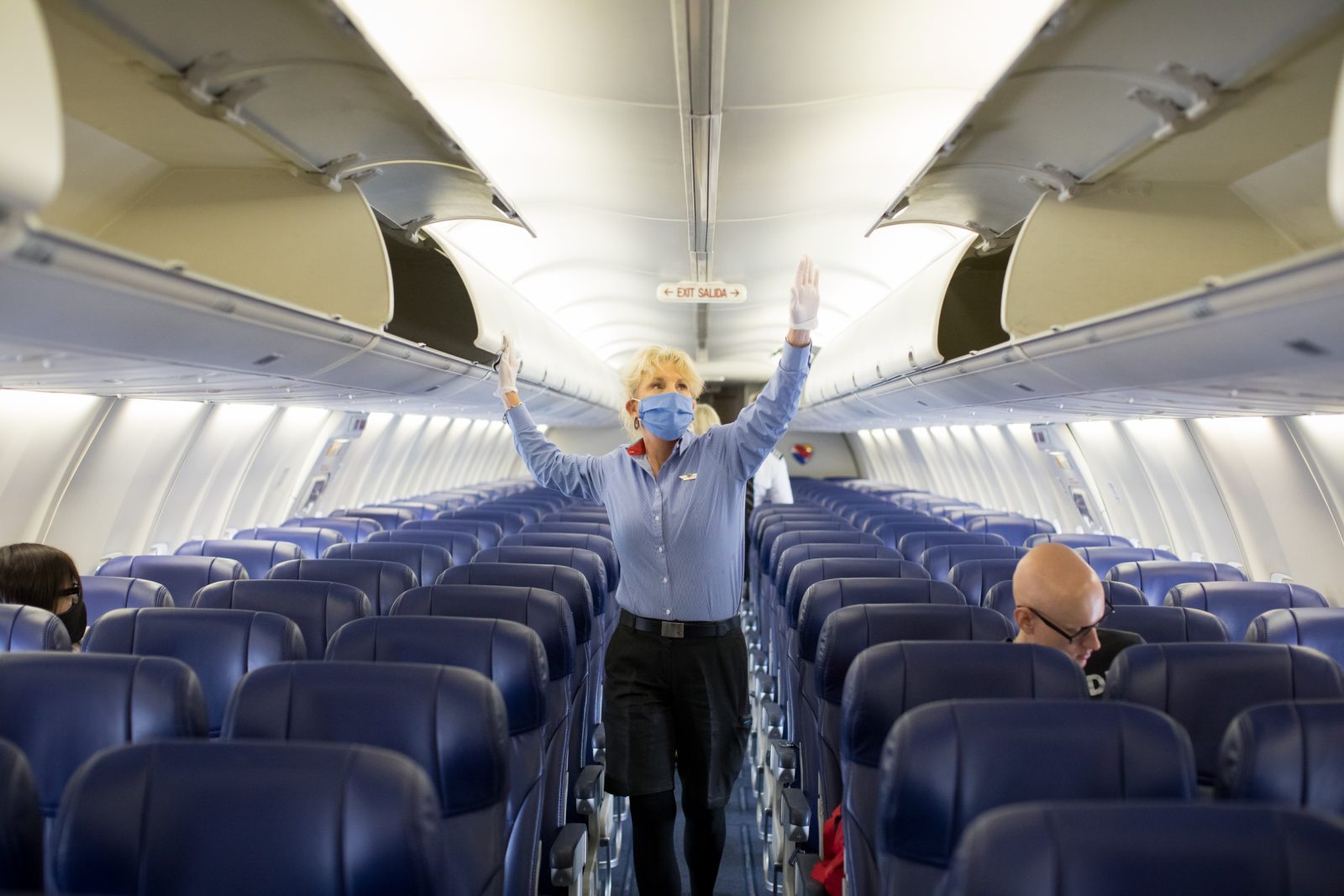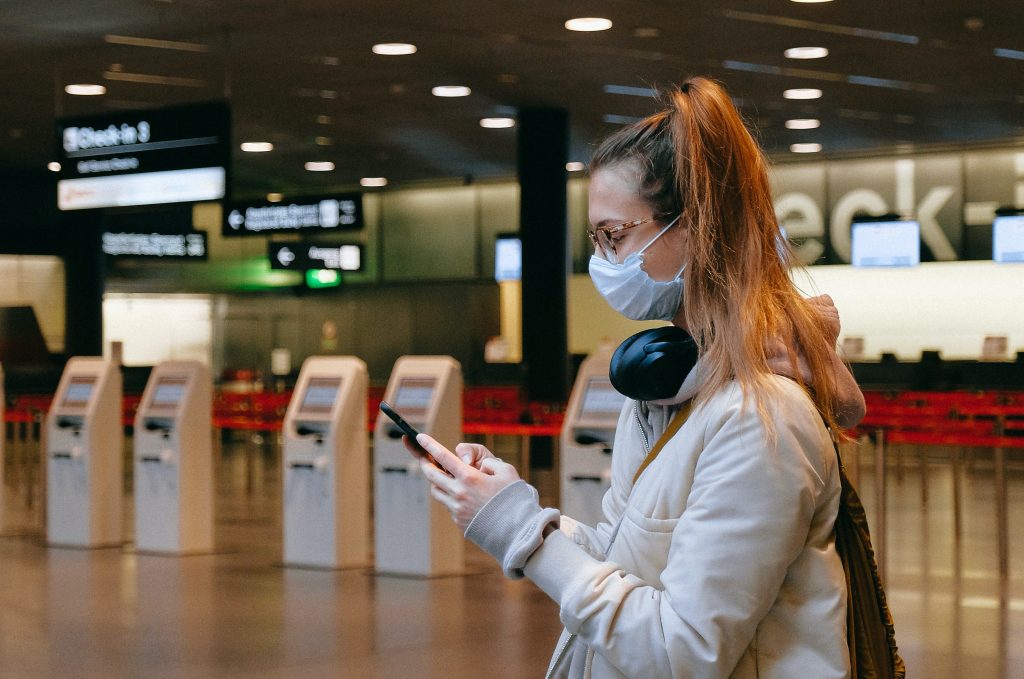
A recently published study is the first in the world to link COVID-19 infection occurring onboard a passenger plane after a January 24th flight between Singapore and the Chinese city of Hangzhou in Zhejiang province. Of the 335 passengers onboard the flight, 16 tested positive for the novel Coronavirus, one of whom had no epidemiological history of exposure to the potentially deadly virus before boarding the plane.
Airlines, aircraft manufacturers and aviation trade organisations have gone to great lengths to downplay the risk of being able to catch COVID-19 during a flight, citing infection control measures like HEPA filters that clean air to hospital operating room standards. Increased cleaning and mandatory face mask rules further protect passengers, airlines claim, pointing to the fact that there’s little evidence that infection has ever occurred on a flight.

Onboard the January 24th flight were 100 holidaymakers from Wuhan, several of whom had already developed a fever by the time the flight arrived in Hangzhou prompting health officials to quarantine everyone onboard and carry out COVID-19 tests.
In total, 16 passengers tested positive for COVID-19 during their 14-day quarantine but the majority of whom had recently been in Wuhan, the origin and epicentre of the outbreak at the time, so researchers concluded they were likely infected before getting onboard the flight.
One passenger, however, hadn’t recently been to Wuhan and hadn’t come into contact with anyone from Wuhan until before he boarded the plane. The 44-year-old man had originally been sat a distance away from other passengers who tested positive but for a period of about one hour, he moved seats to talk to other members of his family.
During this time, he sat right next to a passenger infected with COVID-19 and in close proximity to three other infected passengers. While he wore a face mask for the duration of the flight, the man admits he allowed the mask to slip below his nose when talking to his family members.
One week into mandatory quarantine, the man developed a fever and was tested for COVID-19. The test came back positive.
“The time from the flight landing to the onset of his symptoms fell within the accepted 1-to-14-day COVID-19 incubation period. Therefore, he probably acquired SARS-CoV-2 infection during the flight,” the study concludes.
“In the present flight outbreak of COVID-19, the relative low number of the secondary cases that occurred due to transmission during the flight may be attributed to the wearing of masks, which have been shown to be effective in blocking the transmission of respiratory diseases at mass gatherings,” the researcher surmised.
“The low rate of transmission during the flight may also be attributed to the design of and equipment in the aircraft. The air recirculation system, with the highly efficient particulate filter equipment and laminar nature of airflow, may have effectively prevented or restricted the transmission of the virus,” this study also concluded.
The findings will bolster airlines who have introduced mandatory face mask rules as a key method to prevent the possibility of infection amongst passengers. Several airlines, including American Airlines and Southwest, have even banned passengers who can’t wear a face mask in order to protect them from possible exposure.
The researchers didn’t suggest onboard social distancing through blocking off certain seats could help reduce transmission but urged airlines to continue disinfecting high-contact surfaces, such as armrests, tray tables, and seat controls, that may serve as potential SARS-CoV-2 fomites.
The study has also called for fast and reliable COVID-19 testing before boarding to be developed in order to prevent infected passengers from getting on a plane in the first place.
Related
Mateusz Maszczynski honed his skills as an international flight attendant at the most prominent airline in the Middle East and has been flying ever since... most recently for a well known European airline. Matt is passionate about the aviation industry and has become an expert in passenger experience and human-centric stories. Always keeping an ear close to the ground, Matt's industry insights, analysis and news coverage is frequently relied upon by some of the biggest names in journalism.







